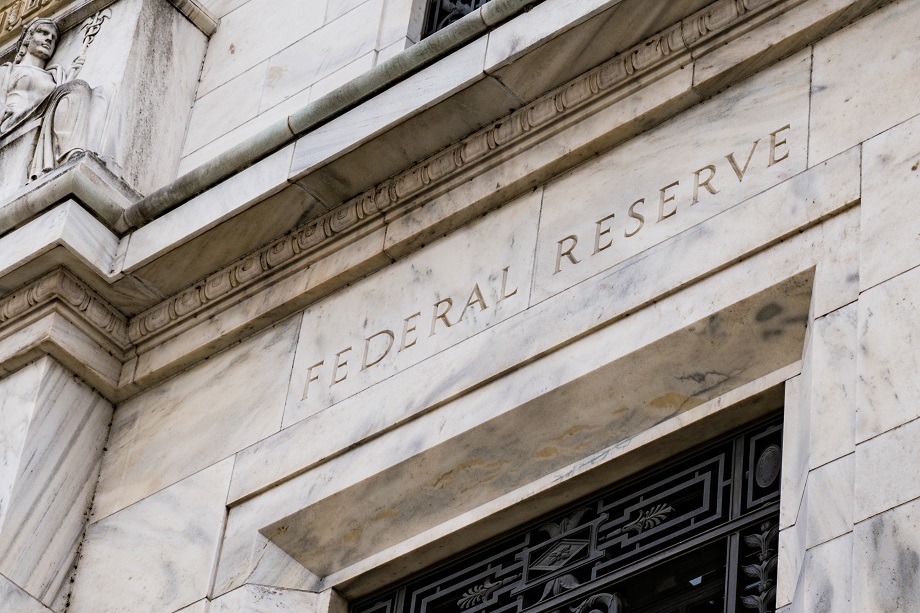economy online news
The US inflation measure most closely watched by the Federal Reserve declined sharply in May, official figures showed Friday, returning to a downward trend after a jump a month earlier. online news
The Fed recently announced it was pausing its aggressive campaign of 10 consecutive interest rate hikes to tackle inflation in order to give policymakers more time to assess the strength of the US economy.
The personal consumption expenditures (PCE) index measure of inflation eased to 3.8 percent year-on-year in May, a significant drop from 4.3 percent a month earlier, the Commerce Department said in a statement.
Much of the slowdown was due to a sharp drop in energy prices, and food prices to a lesser extent.
But core PCE, excluding volatile food and energy prices, slowed only slightly to an annual rate of 4.6 percent from 4.7 percent a month earlier, indicating that inflation remains stubborn in many areas.
Services inflation remained high, while goods inflation rose by a much smaller amount.
On a monthly basis, PCE rose by 0.1 percentage points, slightly above the median forecast of economists surveyed by Briefing.com.
“More evidence that the economy is growing and inflation is coming down: the economy grew solidly in the first quarter, with real incomes up for Americans,” US President Joe Biden tweeted shortly after the inflation figures were released.

“Annual inflation is down by around half from last summer – and is at the lowest rate since April 2021,” he said, adding: “This is Bidenomics.”
Personal income and personal consumption expenditures both registered a monthly increase as well, the Commerce Department said.
The Fed has raised interest rates by five percentage points since it began its campaign against inflation in March last year.
But despite these aggressive moves, inflation remains above the Fed’s long-term target of two percent.
Earlier this week, Fed chair Jerome Powell left open the possibility of consecutive interest rate hikes in the months ahead, if needed, to cool the economy further.
“I wouldn’t take, you know, moving to consecutive meetings off the table at all,” he said.
“These developments are not likely to change the very near-term path of policy, with policymakers committed to the view that rates need to rise further, to a more restrictive stance,” High Frequency Economics’ chief US economist Rubeela Farooqi said in a statement.
Futures traders are assigning a probability of more than 85 percent that the Fed will vote to raise interest rates by a quarter percentage-point at its next meeting between July 25 and 26.
That would bring the Fed’s benchmark lending rate to a range between 5.25 percent and 5.5 percent, which would be its highest level in 22 years.
da/md
© Agence France-Presse. All rights are reserved.
economy online news


